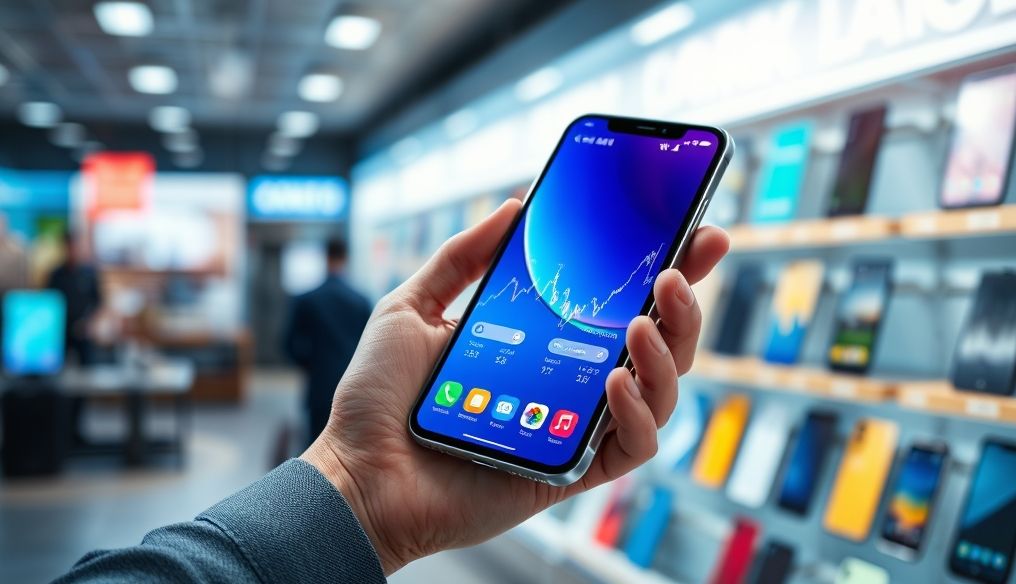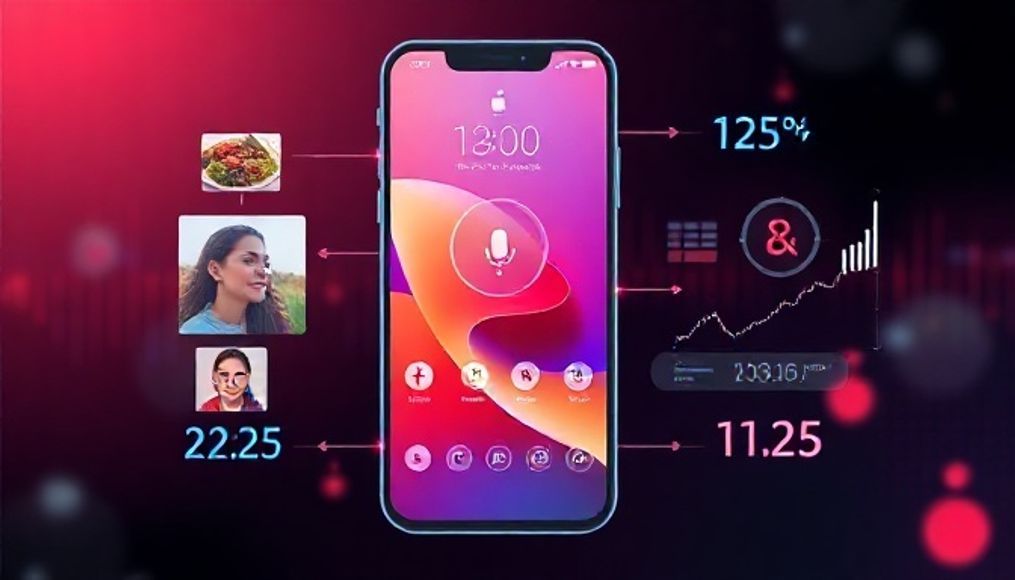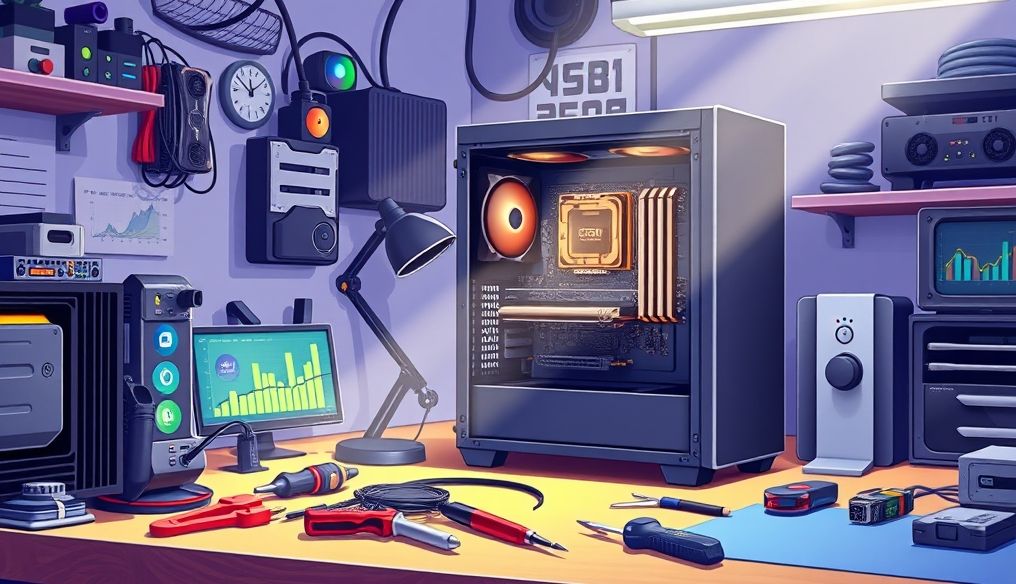Introduction: The Vast World of Smartphones
In today's world, the smartphone has become our constant companion, playing a vital role in communication, work, entertainment, and even health. With countless brands, models, and specifications, choosing the right smartphone can be a daunting task. This comprehensive guide aims to simplify this process and help you make an informed decision that aligns with your needs and budget.
Chapter 1: Defining Your Basic Needs
Before you start looking for a new smartphone, it's essential to define your basic needs. Ask yourself:
- What is the primary use of the phone? (Calls, messages, social media, photography, gaming, work)
- What features are most important to you? (Camera, battery life, performance, screen size, water resistance)
- What is the budget you can allocate for the phone?
Identifying these points will help you narrow down the available options and focus on phones that meet your requirements.
Chapter 2: Budget: The Crucial Starting Point
Budget is one of the most important factors that determine your choices. Fortunately, there are excellent smartphones available in various price ranges. Here's an overview:
- Budget Phones (Under $200): Offer basic functions and are suitable for users looking for a simple phone for everyday use.
- Mid-Range Phones ($200-$500): Offer a good balance between performance, features, and price, and are suitable for most users.
- Flagship Phones (Over $500): Feature the latest technologies and best specifications, and are suitable for users looking for the best possible experience.
Remember that price is not always an indicator of quality. Look for phones that offer the best value for money within your budget.
Chapter 3: Operating System: Android or iOS?
There are two main operating systems for smartphones: Android and iOS (specific to iPhones). Each system has its advantages and disadvantages:
Android
- Advantages: High flexibility, extensive customization, wide variety of available phones, diverse prices, open-source system.
- Disadvantages: May be less secure than iOS, system updates may be delayed on some devices.
iOS
- Advantages: High security, ease of use, fast and regular system updates, excellent integration with other Apple devices.
- Disadvantages: Less flexible than Android, limited customization, high prices, closed-source system.
Choose the system that suits your preferences and needs.
Chapter 4: Technical Specifications: Understanding the Numbers
The technical specifications of smartphones may seem complicated, but understanding them will help you make a better decision. Here are some key specifications to pay attention to:
- Processor: Affects the speed and performance of the phone. Look for powerful processors like Snapdragon 8 Gen 3 or Apple A17 Bionic.
- RAM (Random Access Memory): Determines the phone's ability to run multiple applications simultaneously. At least 4GB is necessary for smooth use, and 8GB or more is better.
- Internal Storage: Determines the amount of data you can store on the phone. At least 64GB is necessary, and 128GB or more is better if you plan to store a lot of photos and videos.
- Camera: Measured in megapixels (MP), but the quality of the lens and image processing is more important. Look for phones with multiple cameras to cover different scenarios (wide, ultra-wide, zoom).
- Battery: Measured in milliampere-hours (mAh). Look for a battery with a capacity of at least 4000mAh for good battery life.
- Screen: Look for OLED or AMOLED screens for vibrant colors and excellent contrast. Screen resolution is also important, but not as important as color quality.
Chapter 5: Camera: The Eye of Your Smartphone
For many, the camera is one of the most important features of a smartphone. Here are some tips for choosing a smartphone with a good camera:
- Megapixel count isn't everything: The quality of the lens and image processing are more important than the number of megapixels.
- Look for phones with multiple cameras: Multiple cameras offer greater flexibility in photography, allowing you to capture wide, ultra-wide, and zoom photos.
- Check camera performance in low light conditions: This point is very important, as most phones struggle in low light conditions.
- Read reviews and see sample photos: Before buying the phone, look for reviews and ratings of the camera and see sample photos taken with it.
Chapter 6: Battery Life: Long-Lasting Power
Battery life is one of the most important factors that determine the user experience. Here are some tips for getting the best possible battery life:
- Look for a battery with a capacity of at least 4000mAh: This capacity will provide you with a full day of moderate use.
- Check the power consumption efficiency of the processor and screen: Some processors and screens consume less power than others.
- Use power saving mode: This mode saves battery life by reducing phone performance and disabling some features.
- Reduce the use of applications that consume a lot of power: Some applications, such as games and video applications, consume a lot of power.
Chapter 7: Design and Durability: Form and Function
Design and durability are important factors to consider when choosing a smartphone. Here are some tips:
- Choose a design that suits your taste: There are many different designs available, from sleek phones made of glass and metal to rugged phones designed to withstand harsh conditions.
- Look for phones that are water and dust resistant: This feature is very important to protect your phone from damage.
- Use a protective case: A protective case can protect your phone from scratches and shocks.
Chapter 8: Additional Tips for Making an Informed Decision
- Read reviews and ratings: Before buying any phone, look for reviews and ratings from other users and experts in the field of technology.
- Compare prices: Compare prices between different stores and online marketplaces to get the best deal.
- Try the phone before you buy it: If possible, visit a store and try the phone yourself before you buy it.
- Check the return policy: Make sure the store offers a good return policy in case you are not satisfied with the phone.
- Don't buy an old phone: Look for phones that have been released recently to get the latest technologies and features.
Conclusion: Your Ideal Phone is Within Reach
Choosing the right smartphone requires some research and thought, but by following these tips, you can make an informed decision and buy a phone that meets your needs and budget. Remember that the ideal phone is the phone that suits your lifestyle and individual needs.




